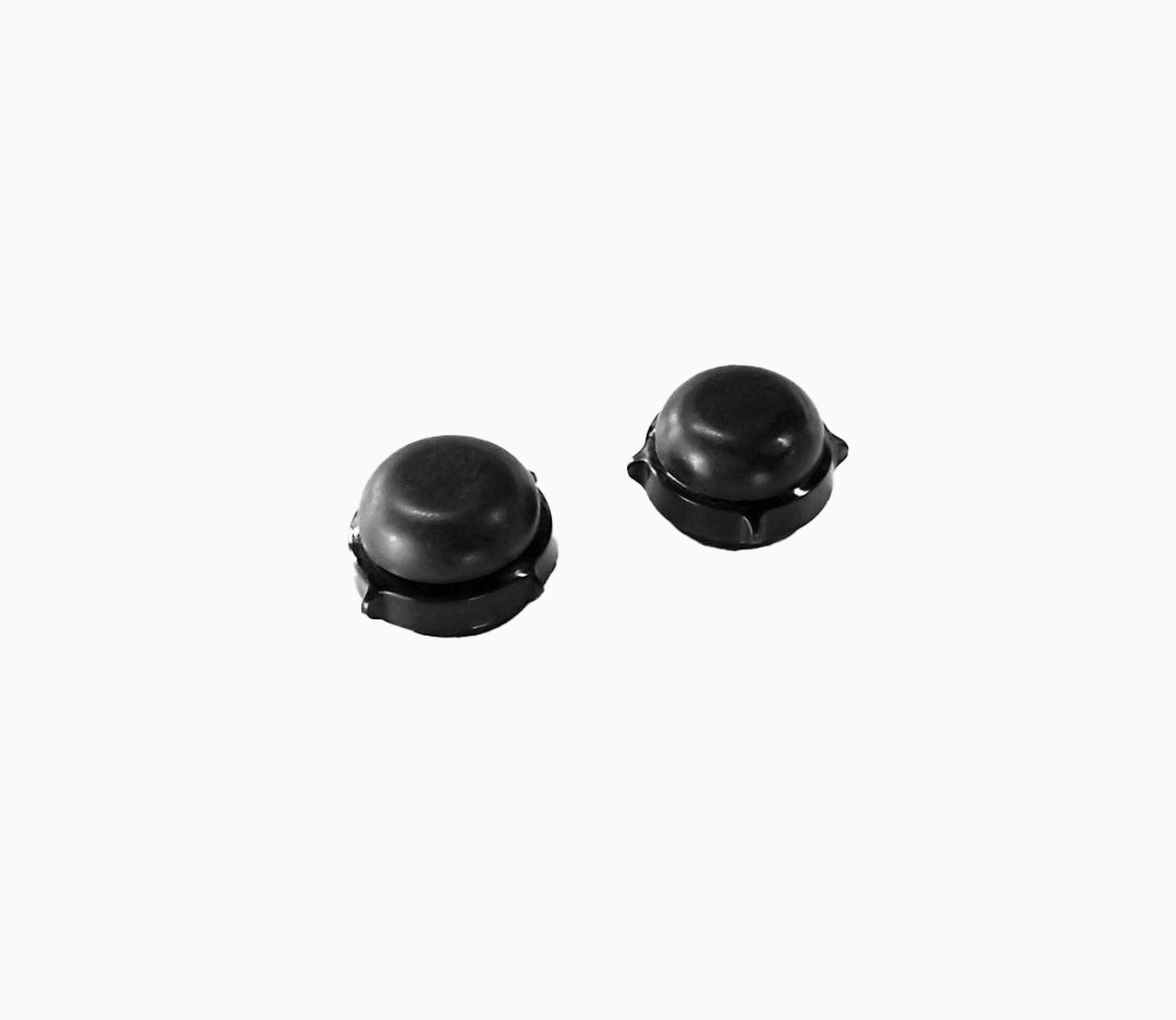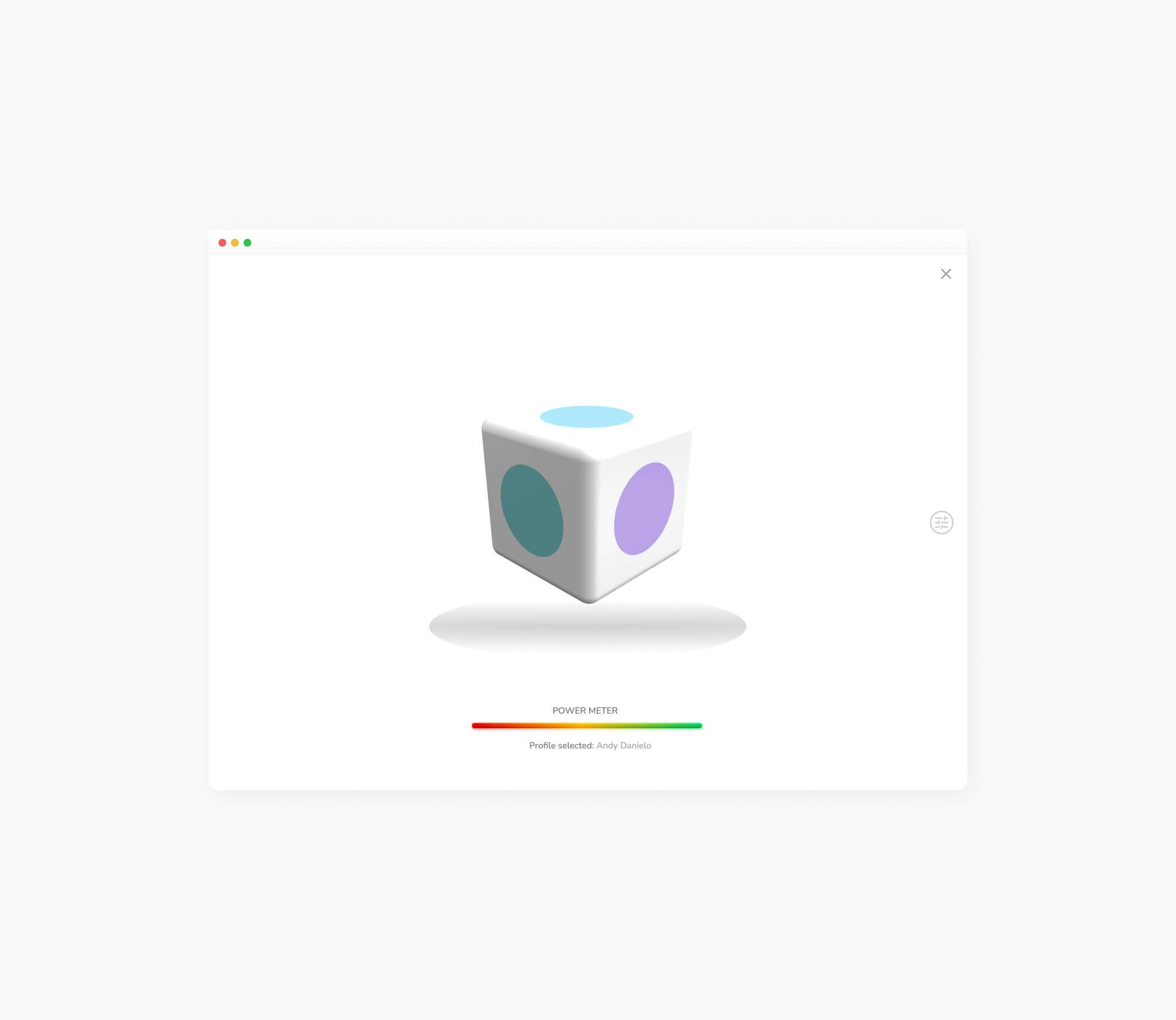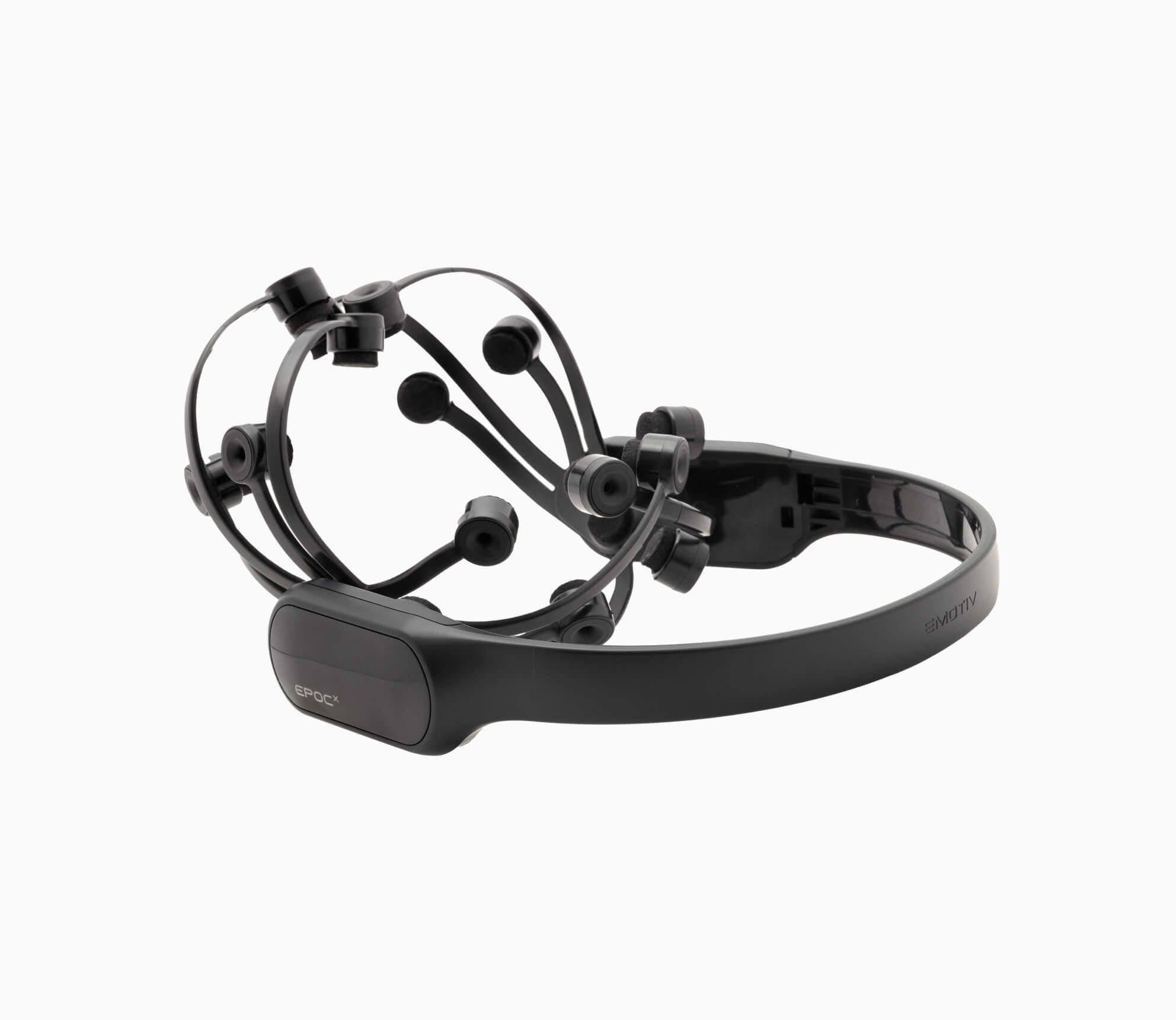Consumer Psychology Definition
Consumer Psychology is the study of human behavior, regarding their buying patterns, customs and preferences, in relation to consumer products, including their reactions and preferences to advertising, packaging and marketing of those products.

Consumer Psychology FAQ’s
What is Consumer Psychology?
Consumer psychology is a field of study drawing on many disciplines, including social psychology, marketing, behavioral economics, and other areas to assist with understanding consumers. Consumer psychology concepts aim to evaluate and understand consumers and the decision-making process. Psychological factors influencing consumer behavior such as demographics, personality, lifestyles, and behavioral variables like usage rates, usage occasion, loyalty, brand advocacy, and willingness to provide referrals are all studied in market research.
What is the Importance of Consumer Psychology?
Understanding psychological factors affecting consumer behavior is a key challenge for marketers and business owners. Research on consumer behavior is concerned with understanding how purchase decisions are made, who buys certain products, and how products or services are consumed or experienced. Research has shown that psychology’s role in consumer culture may be difficult to predict, even for experts in the field. However, new research methods such as ethnography and consumer neuroscience are shedding fresh light on how consumers make decisions, especially in assessing the intention-action gap, i.e. the difference between what consumers say and what they actually do.
Social Marketing, Customized Marketing, brand-name shopping, and the consumer’s perception of the price of the commodity (directly expressed as the consumer’s sensitivity to price), are all main factors for understanding consumer attitudes and help explain the reaction of market demand to price changes.
Furthermore, developing a good relationship with the target audience is essential for brand management. Tangible elements of brand management, include the product or service itself, its look, price, and packaging, etc. The intangible elements are experiences that consumers share with the brand, and also the relationships they have with the brand’s products or services. This market research can help brand managers design the most effective and positive brand and advertising strategy.
History of Consumer Psychology
Much of the connection between psychology and consumerism is attributed to Walter Dill Scott and his studies in the early 1900s. As director of the Psychological Laboratory at Northwestern, Scott was approached by an advertising executive looking to improve his marketing efforts. Scott first wrote about the conjoined subject in 1903 with his book The Psychology of Advertising in Theory and Practice, and continued to focus on the application of scientific knowledge in business problems. Scott devoted the latter part of his career in researching methods of social control and human motivation.
Consumer behavior and psychology continued to emerge in the 1940s and 50s as a distinct sub-discipline in the marketing area. At the end of the 1950s, two important reports criticized marketing for its lack of methodological rigor, especially the failure to adopt mathematically-oriented behavioral science research methods.
From the 1950s, mainstream marketing began to shift its reliance away from economics and towards other disciplines. This notably included the behavioral sciences, including sociology, anthropology and clinical psychology. This combination brought about a new emphasis on the customer as a unit of analysis. As a result, new substantive knowledge was added to the marketing discipline. This included such ideas as opinion leadership, reference groups, and brand loyalty.
Market segmentation, especially demographic segmentation based on the socioeconomic status index and household life-cycle, also became fashionable. With the addition of consumer behavior and psychology, the marketing discipline exhibited increasing scientific sophistication concerning the development and testing procedures of consumer psychology theories. More recently, scholars have added a new set of tools like ethnography, photo-elicitation techniques and phenomenological interviewing.
Today, consumer behavior is regarded as an important discipline within marketing and is included as a unit of study in almost all entry-level marketing programs.
What are some psychological influences on consumer decision making?
Psychological determinants of consumer behavior or the consumer’s underlying motivation drive consumer action. This process can include information search and the purchase decision. The consumer’s attitude to a brand (or brand preference) is described as a link between the brand and a purchase motivation. Consumer behavior psychology motivations may be negative: that is to avoid pain or unpleasantness. Motivations can also be positive: that is to achieve some type of reward such as sensory gratification.
One approach to understanding both types of motivations was developed by Abraham Maslow. Maslow’s hierarchy of needs describes five levels of needs based on the level of importance. Maslow’s approach is a generalized model for understanding human motivations in a wide variety of contexts. The application of Maslow’s model to this field shows the close connection between social psychology and theories of consumer culture. Another approach proposes eight purchase motivations, including five negative motives and three positive ones.
In marketing literature, the consumer’s motivation to search for information and engagement in the purchase decision-making process is sometimes known as ‘involvement.’ Purchase decisions are classified as ‘low involvement’ when consumers suffer a small psycho-social loss if they make a poor decision. A purchase decision is classified as high involvement when psycho-social risks are perceived to be relatively high. The consumer’s level of involvement depends on several factors. These can include the perceived risk of negative consequences in the event of a poor decision, the product category, the social visibility of the product, and the consumer’s prior experience with the category.
Some theorists have argued that certain fundamental decision-making styles can be identified. Sproles and Kendall (1986) developed a consumer psychology theory consisting of eight factors in the decision-making process. These factors include price-sensitivity, quality-consciousness, brand-consciousness, novelty-seeking, fashion-consciousness, and habit.
Based on these factors, the authors developed a typology of eight distinct decision-making styles. These include the ‘Quality conscious or Perfectionist’ style, the ‘Brand-conscious’ style, the ‘Recreation-conscious or Hedonistic’ style, and the ‘Price-conscious’ style. Also included are the ‘Novelty or fashion-conscious’ style, the ‘Impulsive’ style, the ‘Confused (by too many choices)’ style, and the ‘Habitual or brand loyal’ decision-making style.
What is Applied Consumer Psychology?
Applied consumer psychology is the application of theoretical knowledge from consumer psychology research to actual daily life, or in the case of brands, brand management and marketing activation. In marketing, brand management is the analysis and planning which relates to how a brand is perceived in the market. Developing a good relationship with the target audience is essential for brand management.
Tangible elements of brand management include the product or service itself; its look, price, and packaging, etc. The intangible elements are experiences that consumers share with the brand, and also the relationships they have with the brand’s products or services. A brand manager oversees all aspects of the consumer’s brand association, as well as relationships with members of the supply chain.
How is Consumer Psychology Used by Marketers?
Market research into the psychological factors affecting consumer behavior can inform how marketers and brand managers invest their time and money. Brand managers create strategies to convert a suspect to prospect, prospect to buyer, buyer to customer, and customer to brand advocates. Brand management aims to create an emotional connection between the company, its products and services, and their customers and constituents. Brand managers and marketing managers may try to control the brand image, and understanding the importance of consumer psychology can help with these decisions.
Does EMOTIV Offer Products for Consumer Psychology Research?
Consumer neuroscience (also known as neuromarketing) refers to the commercial use of neuroscience when applied to the investigation of consumer behavior and market research. Consumer neuroscience employs sophisticated biometric sensors such as electroencephalography (EEG) to study the ways that consumers respond to specific stimuli. These stimuli may include product displays, brands, packaging information or other marketing signals. Such tests reveal which stimuli trigger the brain’s pleasure center.
Consumer neuroscience research findings such as framing price or value, choice fatigue, and decision paralysis have provided key developments in the understanding of consumer psychology. This powerful tool in consumer insight market research provides unprecedented access to the subconscious mind.
EMOTIV offers a full suite of hardware and software solutions for consumer psychology research. EMOTIV’s EPOC X EEG headset includes 14 sensors in a fixed configuration for fast and simple set up. Users can conduct research on-the-go, and at a fraction of the cost of traditional research-grade devices. Combine with EmotivPRO software to view a real-time display of EMOTIV headset data streams, including raw EEG, performance metrics, motion data, data packet acquisition and loss, and contact quality.




